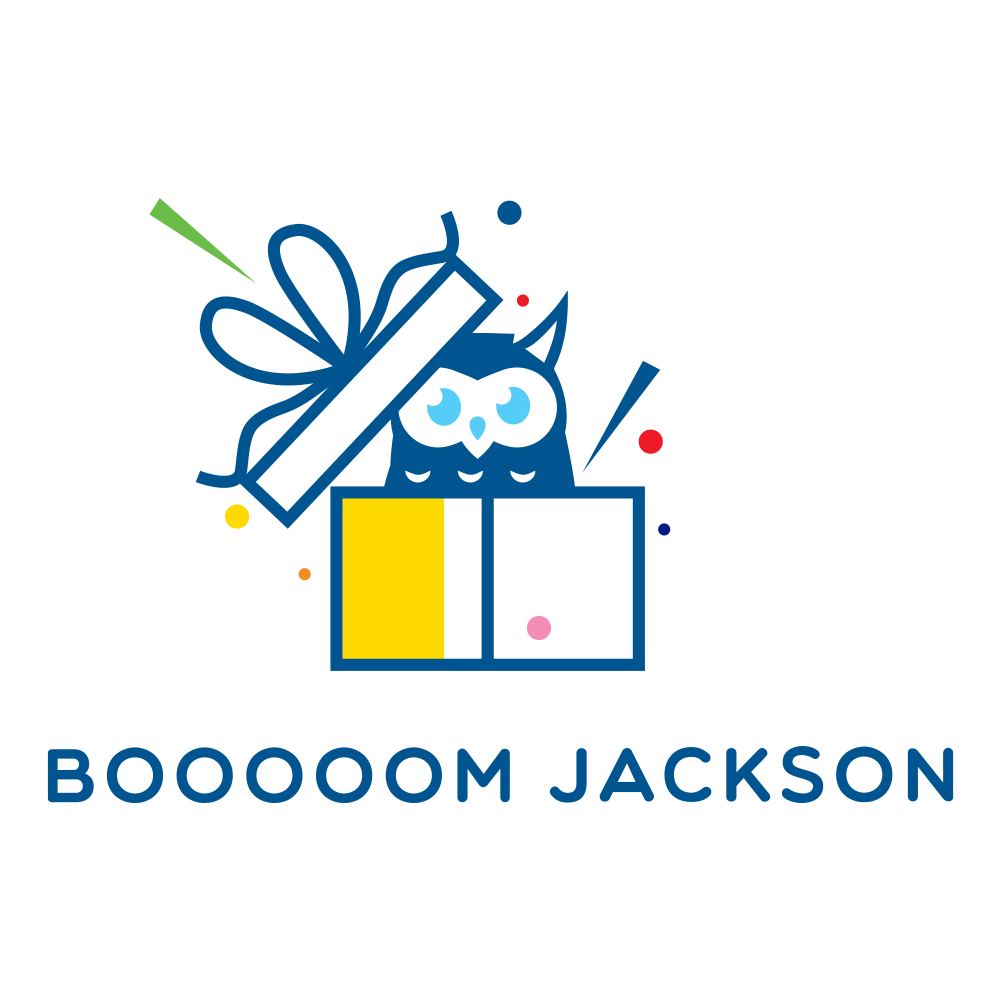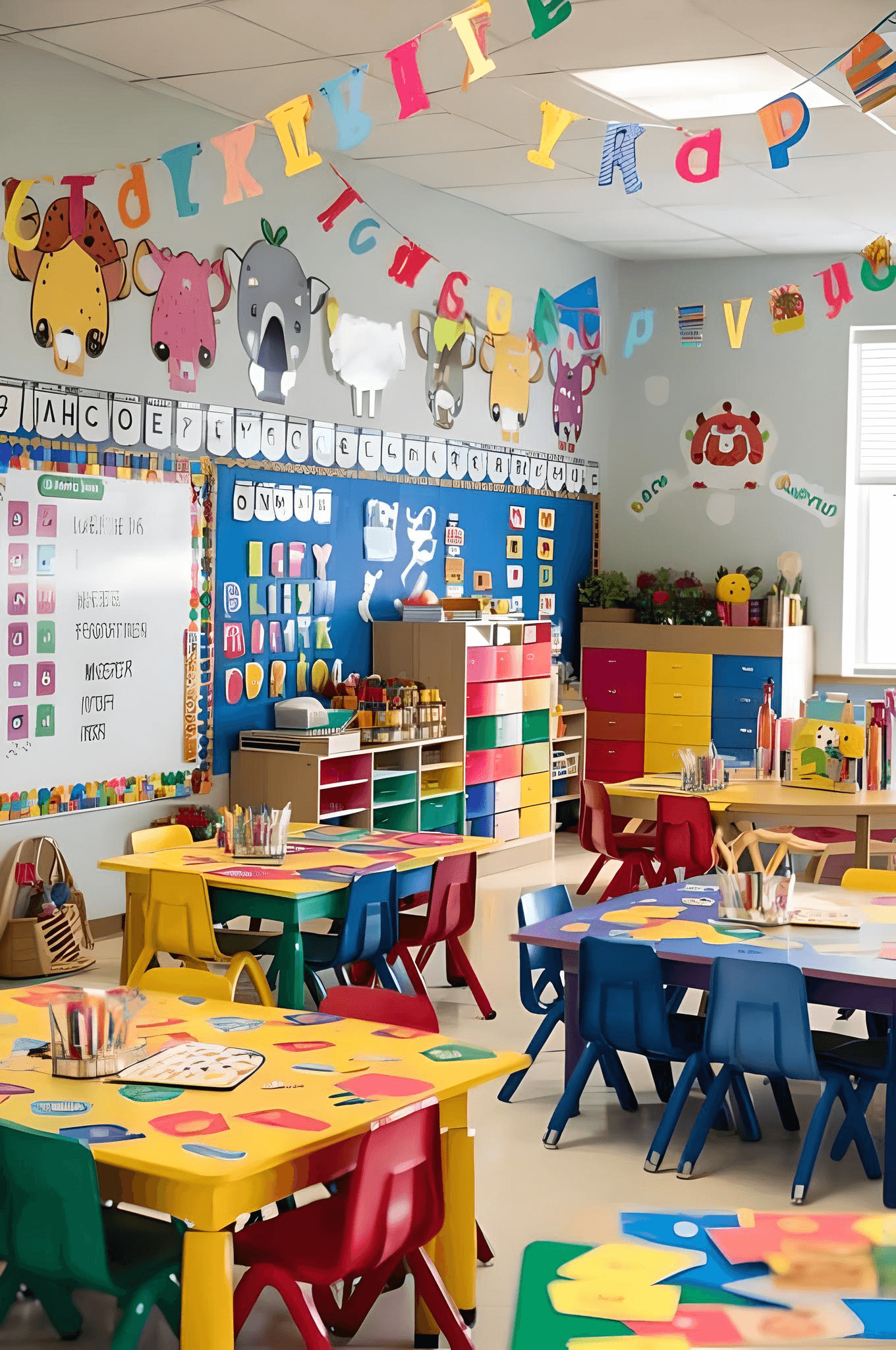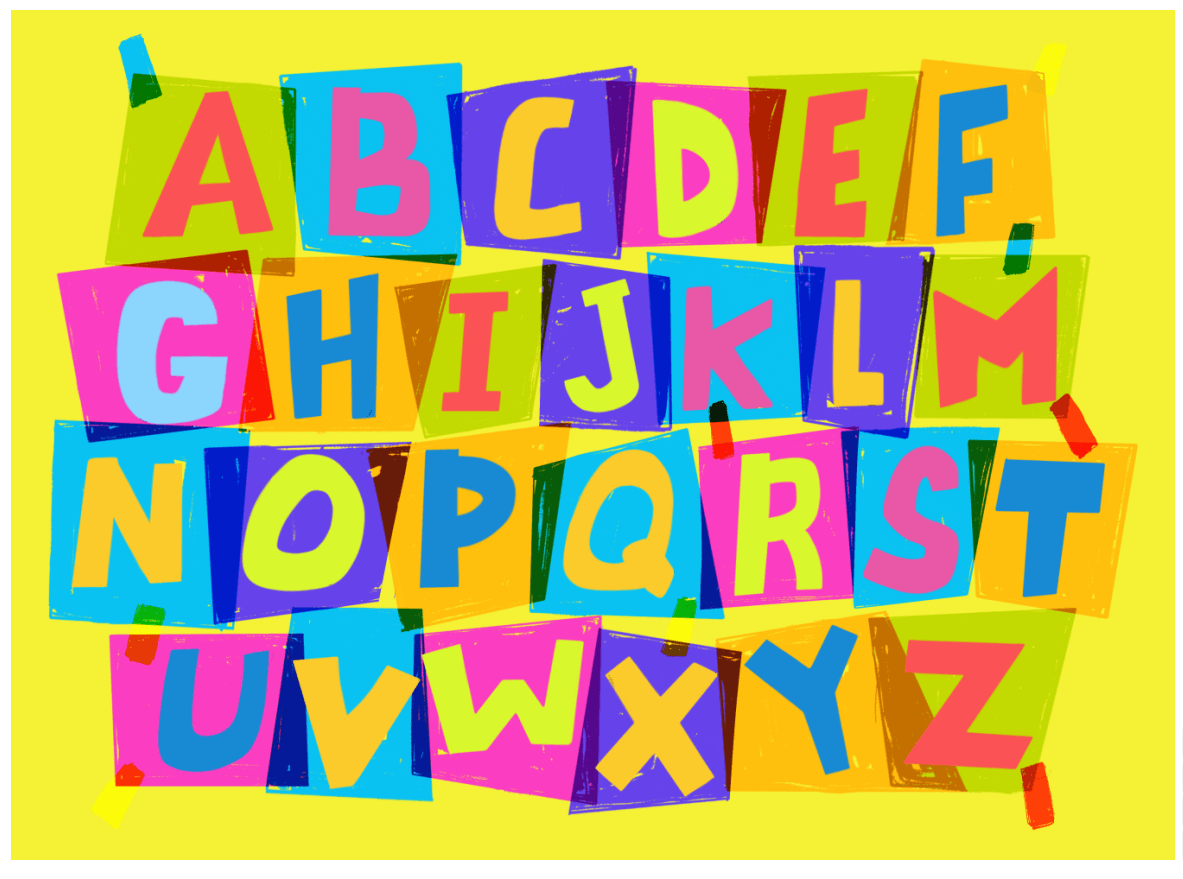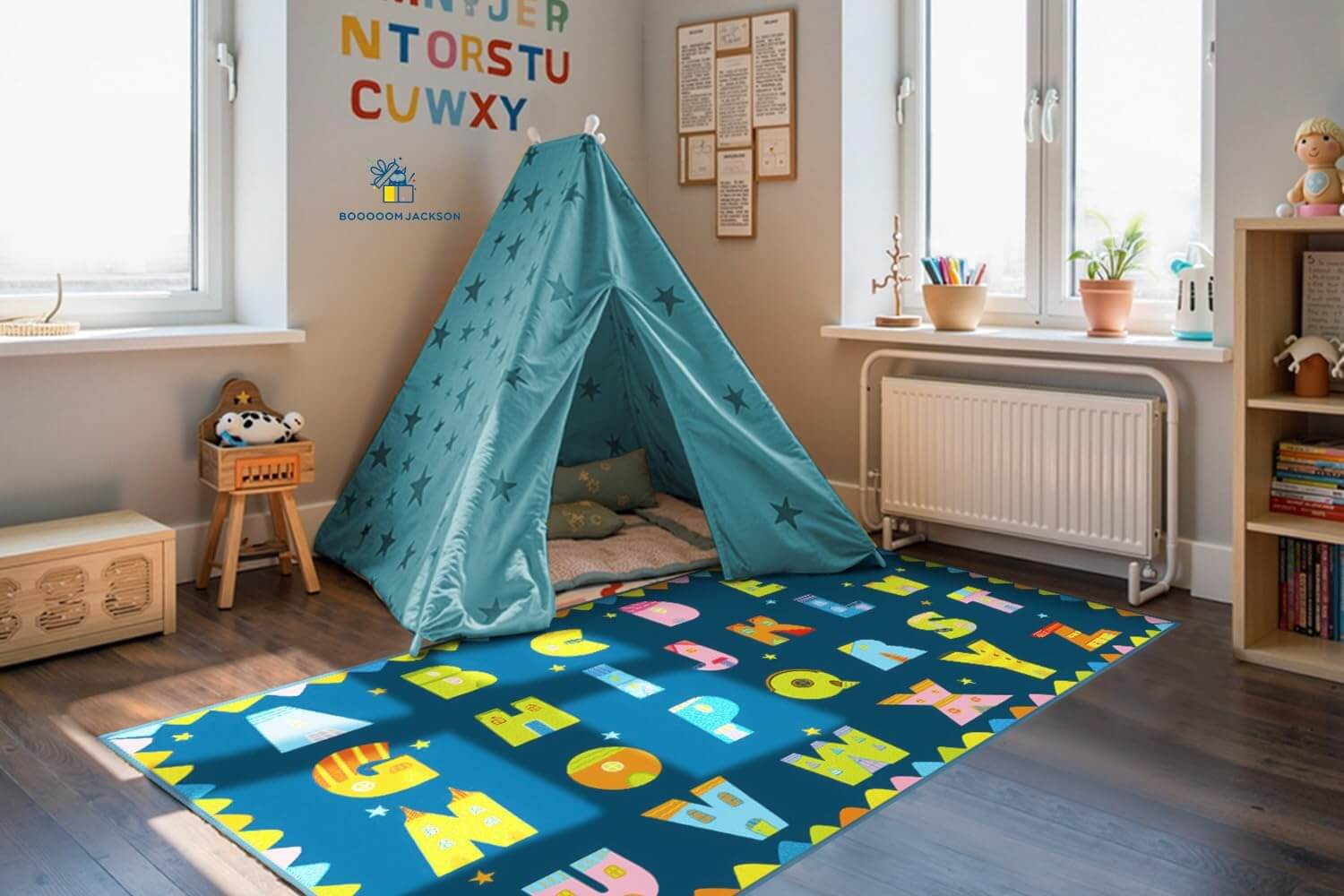There's something almost magical that happens when you invite a group of wiggly kiddos to sit in a circle. Suddenly, every face can see every other face. Voices carry differently. Connections form that simply can't happen in rows and columns. And at the center of this classroom alchemy? That humble hero of elementary education: the circular classroom carpet.
At BooooomJackson, we've been watching teachers transform ordinary classrooms into extraordinary communities—one round rug at a time. Let's unpack how these circular designs are revolutionizing classroom connections!
The Power of the Circle: Ancient Wisdom Meets Modern Classrooms
Circles aren't just aesthetically pleasing—they're powerful social tools with deep historical roots. According to indigenous education experts, circular gatherings have facilitated community bonds across cultures for thousands of years.
"In a circle, there is no head and no foot. There is no higher or lower position," explains Ms. Rodriguez, a veteran kindergarten teacher. "That physical arrangement immediately creates a sense of equality that transforms how students interact with each other and with me."
This equality principle is backed by research on classroom arrangements, which shows that circular seating significantly increases eye contact, participation rates, and sense of belonging compared to traditional row arrangements.
Beyond "Circle Time": How Round Rugs Transform Social Dynamics
When most folks think about classroom circles, they picture morning meetings or story time. But today's innovative circular carpet designs are creating social-emotional learning opportunities throughout the school day:
1. The Talking Circle: Voice and Validation
Specially designed circular rugs with speaking prompts create structured opportunities for every voice to be heard:
"Our BooooomJackson Community Circle Rug has transformed our class discussions," shares first-grade teacher Mr. Washington. "The built-in speaking spaces around the border give my shy students a visual cue for their turn, while reminding my more talkative kiddos to make space for others. Everyone gets that powerful feeling of having the group's full attention."
According to social-emotional learning experts, this regular experience of being truly heard builds both self-confidence and empathy—two critical components of emotional intelligence.
2. The Emotion Wheel: Feelings Made Visible
Innovative circular carpet designs now incorporate emotional literacy elements:
"The BooooomJackson Feelings Wheel Carpet has given my students a physical way to express emotions they're struggling to verbalize," explains school counselor Ms. Chen. "When words fail, they can simply move to the carpet section that shows how they're feeling. It's been especially transformative for my students who are still developing language skills or processing complex emotions."
Research on emotional intelligence development shows that identifying and naming emotions is the essential first step in developing healthy regulation strategies—making these visual emotion guides valuable daily tools.
3. The Collaboration Circle: Partners by Design
Thoughtfully designed circular patterns naturally create partnership opportunities:
"Our BooooomJackson Buddy System Rug has these brilliant partner spots woven right into the pattern," shares kindergarten teacher Mr. Patel. "I can quickly say 'find your circle buddy' and students instantly form partnerships with whoever is opposite them in the circle. It eliminates the friendship cliques and hurt feelings that used to happen when I asked students to choose partners."
Cooperative learning researchers emphasize that these structured, rotating partnerships develop crucial social flexibility—preparing students to work effectively with diverse collaborators throughout their lives.
4. The Problem-Solving Ring: Conflicts Transformed
Some of the most innovative circular rugs now include conflict resolution elements:
"The 'solution section' of our BooooomJackson Peace Path Carpet has completely changed how we handle classroom conflicts," explains third-grade teacher Ms. Jackson. "Students know they can bring disagreements to the carpet, sit in the designated spots, and follow the embedded resolution steps. Having this physical space dedicated to working things out sends a powerful message that conflicts are normal and manageable."
According to conflict resolution education specialists, providing structured spaces and processes for addressing disagreements not only resolves immediate issues but builds lifelong conflict navigation skills.
Social Carpet Success Stories: Real Classrooms, Real Results
The proof is in the social-emotional pudding! Teachers implementing circular community carpets report remarkable transformations:
"Before our BooooomJackson Friendship Circle Rug, I had a deeply divided classroom with clear friendship cliques," shares second-grade teacher Ms. Taylor. "Within weeks of implementing daily community circles on our new carpet, I watched barriers between student groups gradually dissolve. The physical experience of sitting in a circle, making eye contact, and sharing regularly simply made it impossible to maintain those divisions."
"Our circular carpet has been particularly transformative for students who struggle with social skills," reports special education teacher Mr. Thompson. "The predictable structure and visual cues embedded in the design provide exactly the support these students need to successfully engage with peers. I've witnessed breakthrough moments where children who rarely initiated interaction became full participants in our circle community."
"We purchased BooooomJackson Community Carpets for all K-3 classrooms last year," shares Principal Rodriguez. "Our school counselor reports that peer conflict referrals have decreased by 43% since implementation. Teachers note significantly improved classroom cohesion, and our school climate surveys show that students report feeling more connected to both peers and teachers."
The Circle Science: Why Round Rugs Work Wonders
The remarkable social-emotional outcomes from circular carpet implementations aren't just coincidental. There's solid science behind why these designs create community so effectively:
The Neuroscience of Circles
Research on classroom environments suggests that circular arrangements activate different neural pathways than linear seating:
- Face Recognition: Our brains have specialized regions dedicated to processing faces, which are fully engaged in circles
- Mirror Neurons: These specialized brain cells that help us understand others' emotions activate more readily when we can see facial expressions
- Threat Reduction: Circular arrangements reduce the "surveillance" feeling of traditional classrooms, lowering stress hormones
The Psychology of Inclusion
The physical properties of circles create powerful psychological effects:
- Boundary Clarity: Clear circle boundaries help define who is "in" the community
- Equal Distance: Everyone sits the same distance from the center, creating status equality
- Visual Democracy: Every person can see and be seen by every other person
As educational psychologist Dr. Martinez explains in her groundbreaking work on classroom community building: "The circle may be the most powerful spatial arrangement humans have discovered for creating the neurological and psychological conditions necessary for meaningful connection."
Creating Your Circle Magic: Practical Implementation Tips
Ready to harness the community-building power of circular carpets in your classroom? Here are some teacher-tested strategies:
1. Circle Size Matters
Finding the right diameter for your student group is crucial:
- Too small: Creates uncomfortable crowding that increases anxiety
- Too large: Creates distances too great for natural connection
- Just right: Allows comfortable personal space while maintaining group cohesion
"We found that our BooooomJackson Right-Size Circle Carpets with their size guidelines based on student numbers completely transformed our circle experience," shares veteran teacher Ms. Washington. "No more squishing or stretching—just that perfect distance where students feel both safe and connected."
2. Establish Clear Circle Routines
The most effective circle communities have well-established protocols:
- Consistent methods for forming the circle
- Clear expectations for body positioning
- Established voice levels and turn-taking procedures
- Regular practice with circle transitions
First-grade teacher Mr. Chen explains his approach: "We practice our 'circle up' routine daily. Students know exactly where their personal circle spots are on our BooooomJackson Name-Spot Community Carpet, which eliminates the chaos that used to happen during transitions to circle time."
3. Circle Position Mindfulness
Thoughtful teacher positioning maximizes circle effectiveness:
- Sitting in the circle (not outside or above it) demonstrates equality
- Varying your position disrupts hierarchical expectations
- Positioning yourself near students who may need support
- Occasionally leaving an empty space in the circle to observe dynamics
"I used to always sit in the same 'teacher spot' on our carpet," admits veteran teacher Ms. Patel. "When I started randomly varying my position, I noticed something remarkable—different students began stepping into leadership roles depending on where I sat. The circle was actually empowering students when I wasn't in my 'power position'!"
4. Beyond Morning Meeting
Expand circle gatherings beyond the typical morning meeting:
- Subject transition circles
- Celebration circles
- Reflection circles
- Problem-solving circles
- Appreciation circles
"We now use our BooooomJackson Multi-Purpose Circle Carpet at least five times throughout our day," shares third-grade teacher Ms. Taylor. "These brief circle check-ins help re-center our classroom community and maintain the connection that can fray during individual work time."
The Full Circle: When Carpet Designs Create Classroom Culture
Perhaps the most beautiful outcome of thoughtfully implemented circular carpets is how they gradually transform overall classroom culture:
"Our circle carpet isn't just a place we gather—it's become the heart of our classroom identity," reflects veteran teacher Mr. Washington. "I overhear students using 'circle language' during recess conflicts: 'Remember how we solve problems on our carpet?' The physical circle has created a metaphorical circle that extends throughout our day."
"After implementing our BooooomJackson Community Building Carpet, I've watched my students spontaneously form circles during free choice time," shares kindergarten teacher Ms. Rodriguez. "They're recreating the connection they feel during our structured circle times because that circular arrangement has become associated with belonging and joy."
Coming Full Circle: The Ripple Effects of Circular Community
The social-emotional skills developed through regular experiences in a caring circle community extend far beyond classroom management:
According to research on school connectedness, students who feel truly part of a classroom community demonstrate:
- Improved academic performance
- Increased school attendance
- Reduced behavioral problems
- Greater resilience during challenges
- Higher levels of empathy and prosocial behavior
- Stronger sense of personal identity and self-worth
"When we invested in BooooomJackson Community Circle Carpets for all classrooms, we weren't just buying floor coverings," explains Principal Jackson. "We were investing in the social fabric of our school. The return on that investment has been visible in everything from test scores to playground behavior to parent satisfaction surveys."
Because at the end of the day, learning isn't just about academics—it's about becoming fully human together. And sometimes, that journey begins with something as simple as sitting in a circle on a thoughtfully designed classroom carpet, looking into each other's eyes, and truly seeing the community we create together.




Leave a comment
This site is protected by hCaptcha and the hCaptcha Privacy Policy and Terms of Service apply.